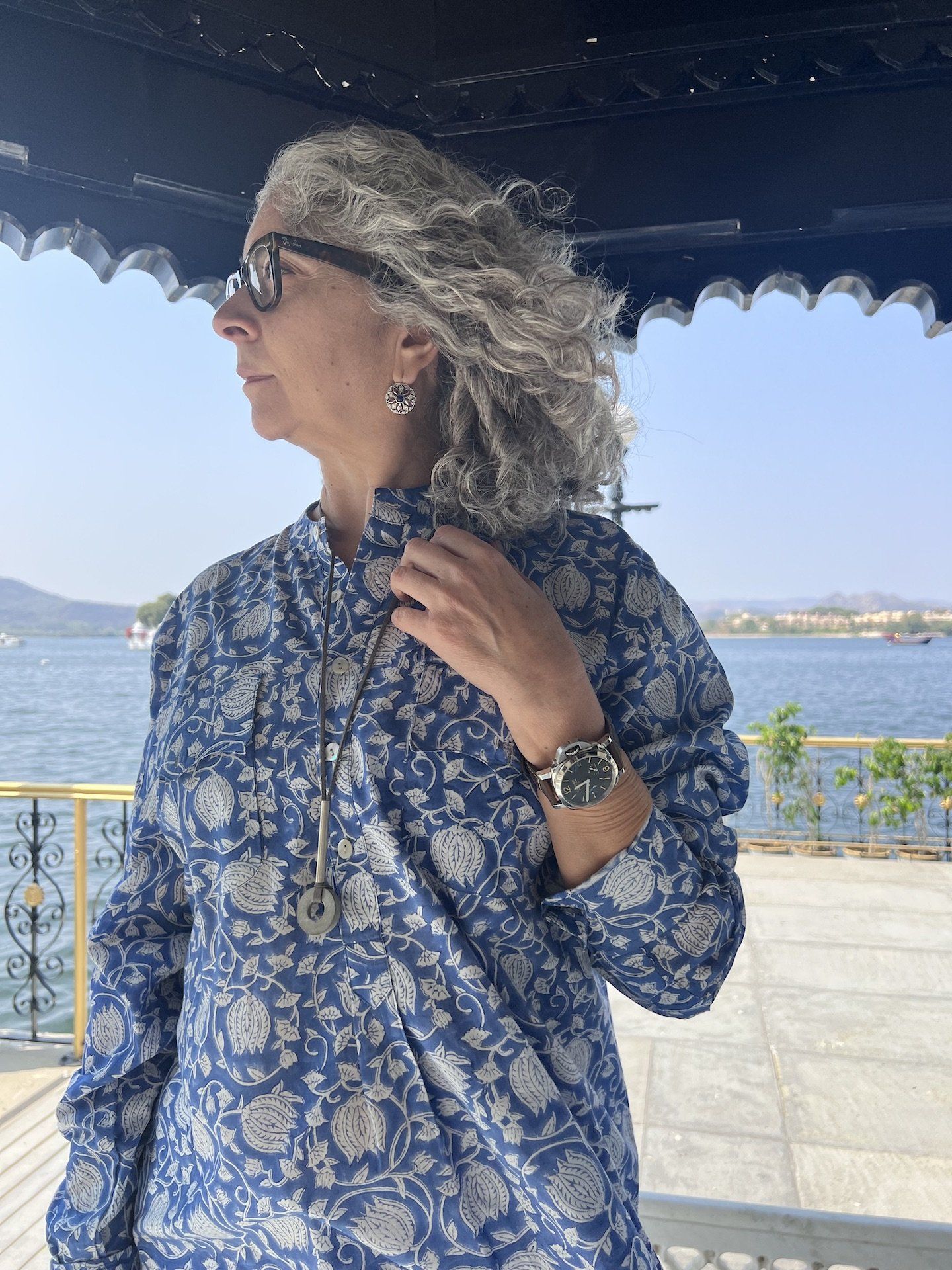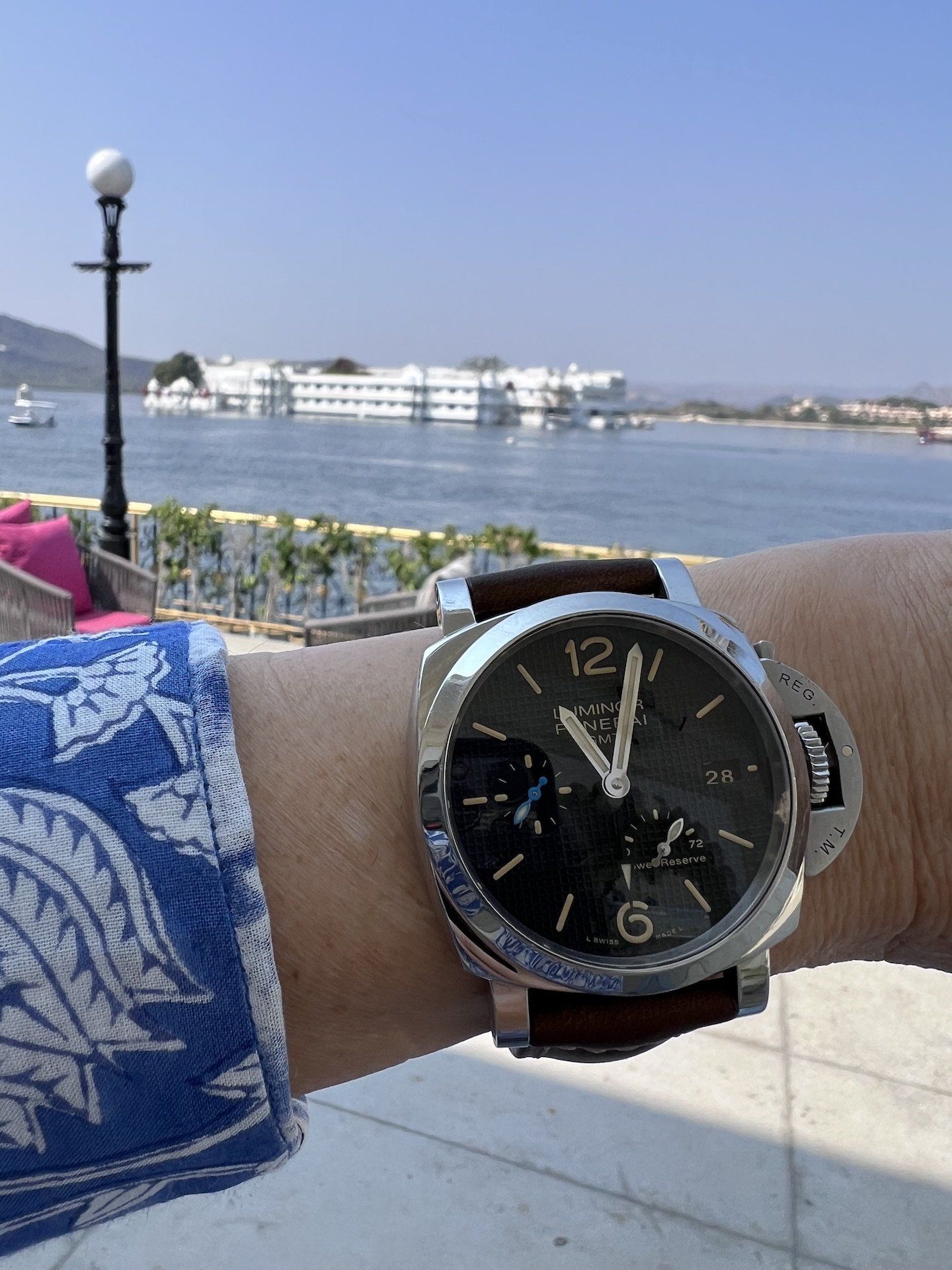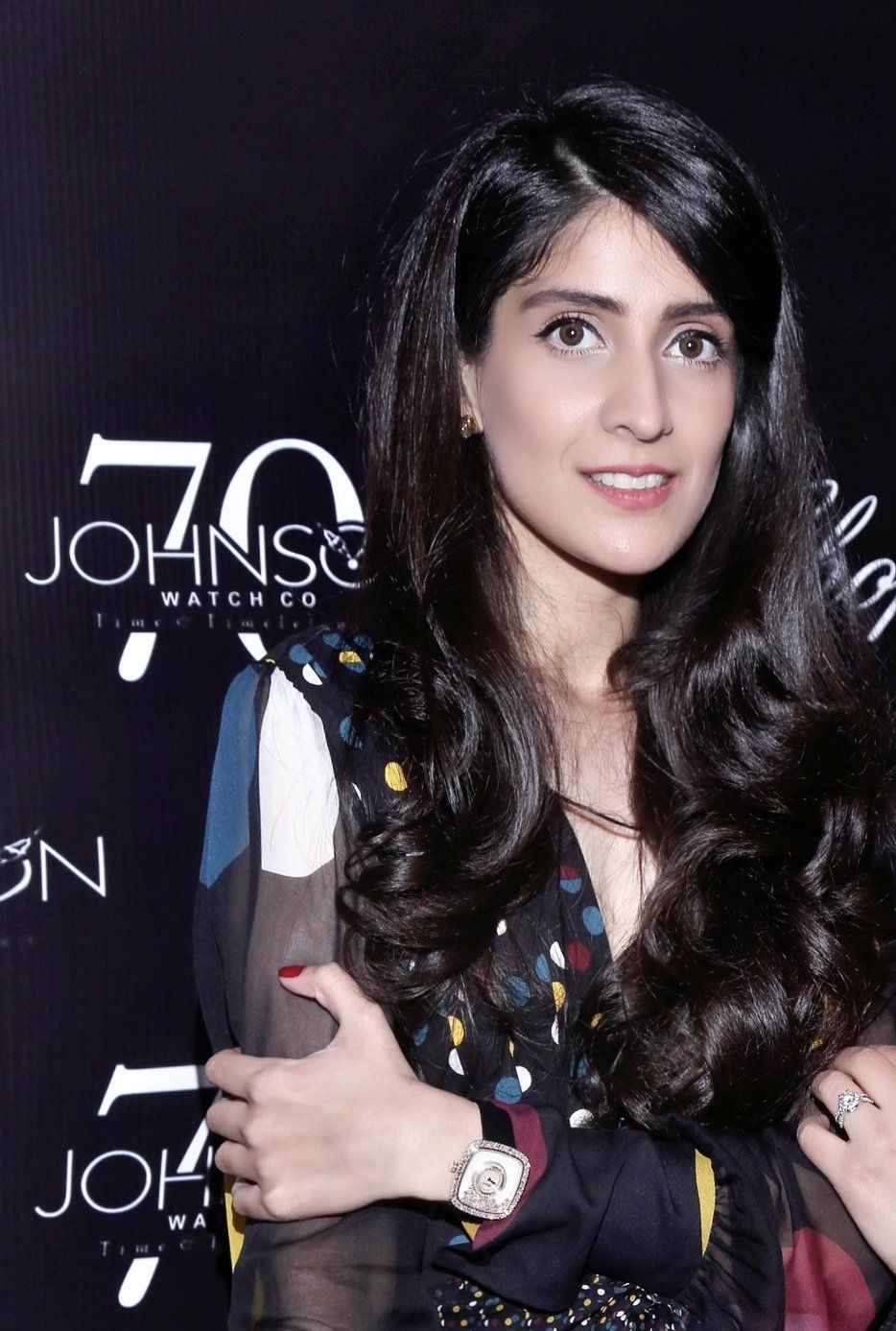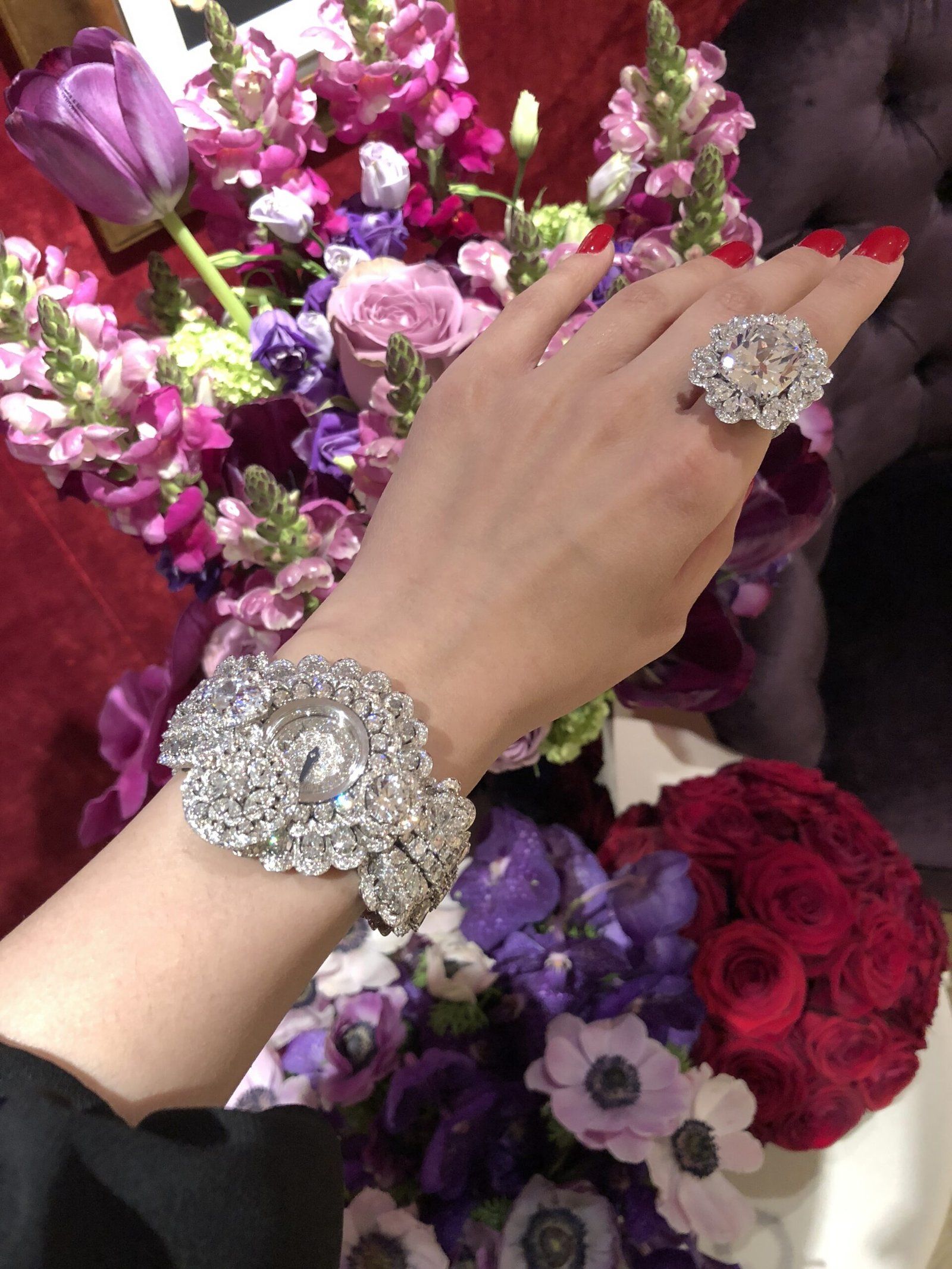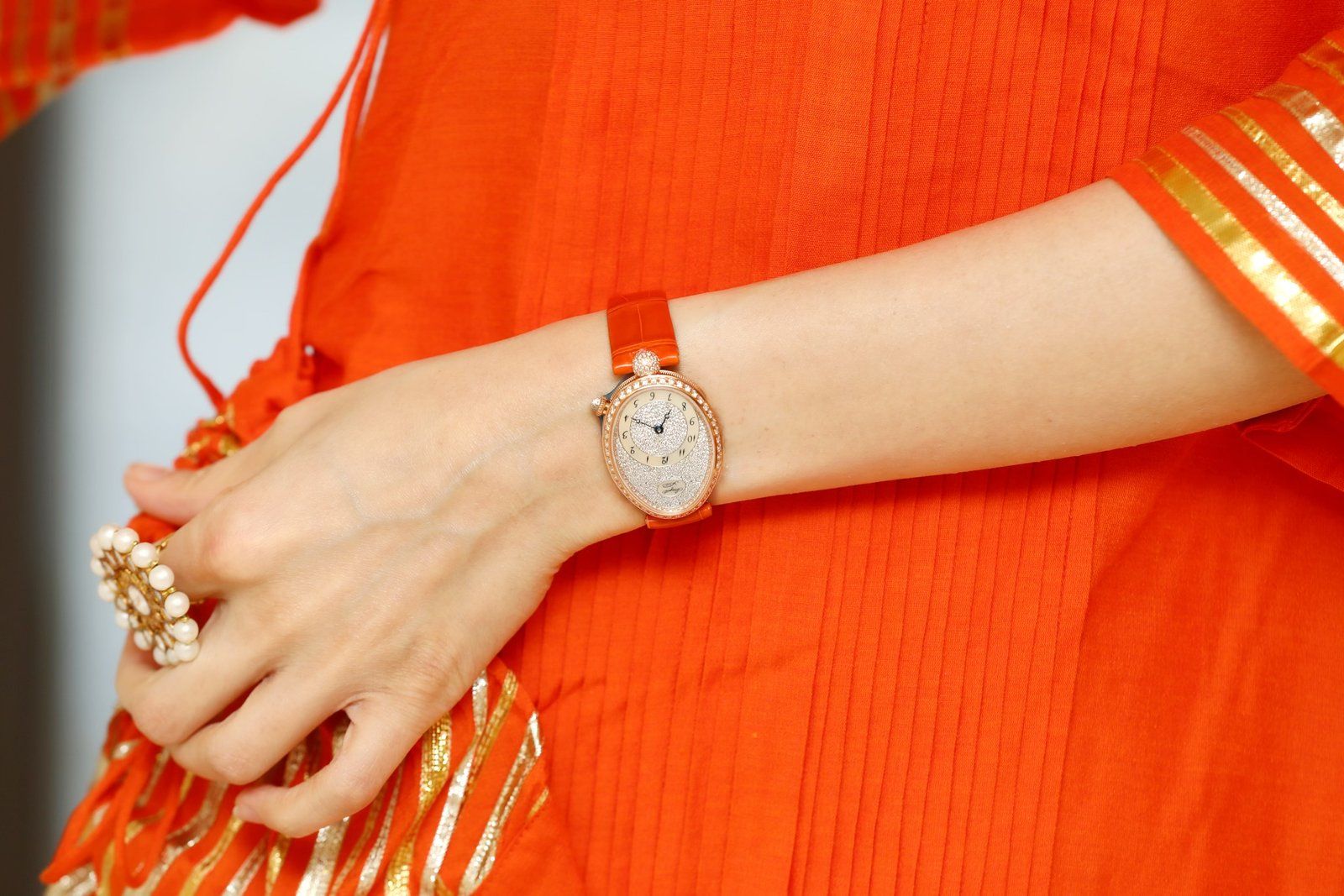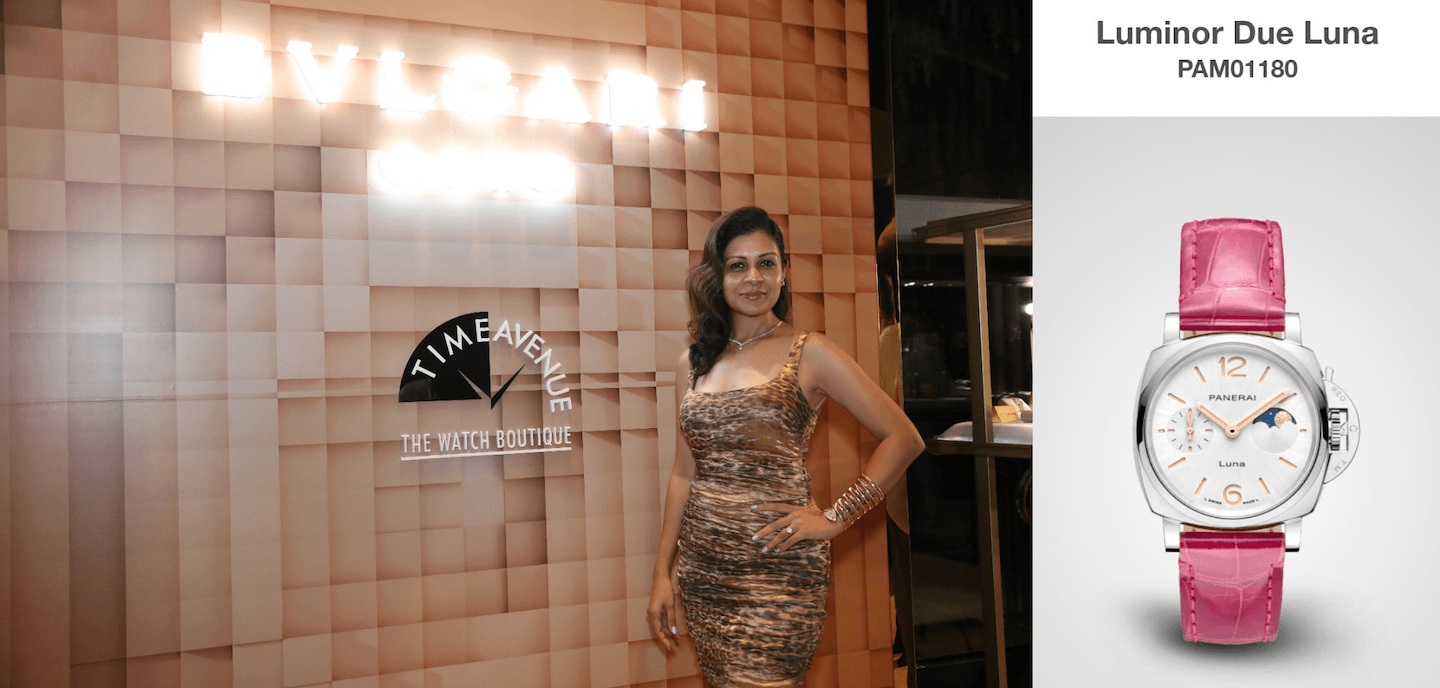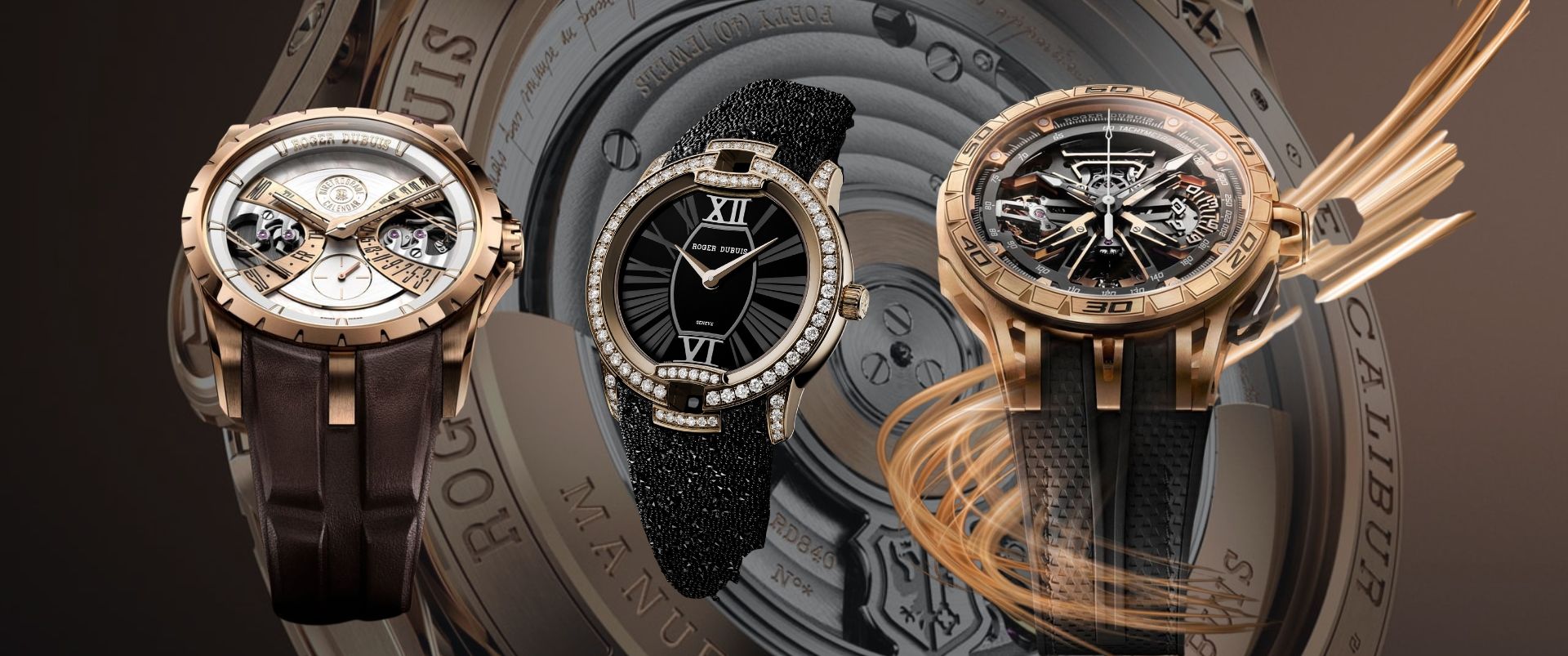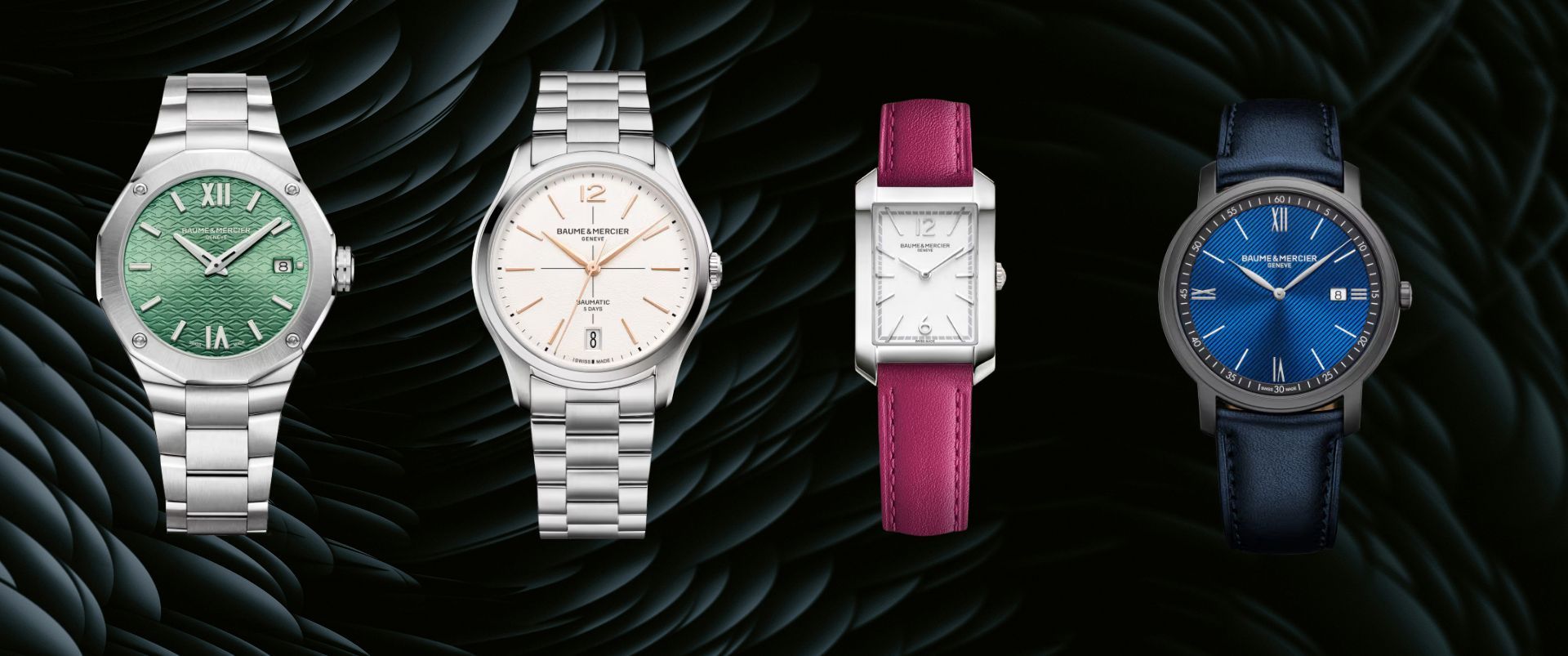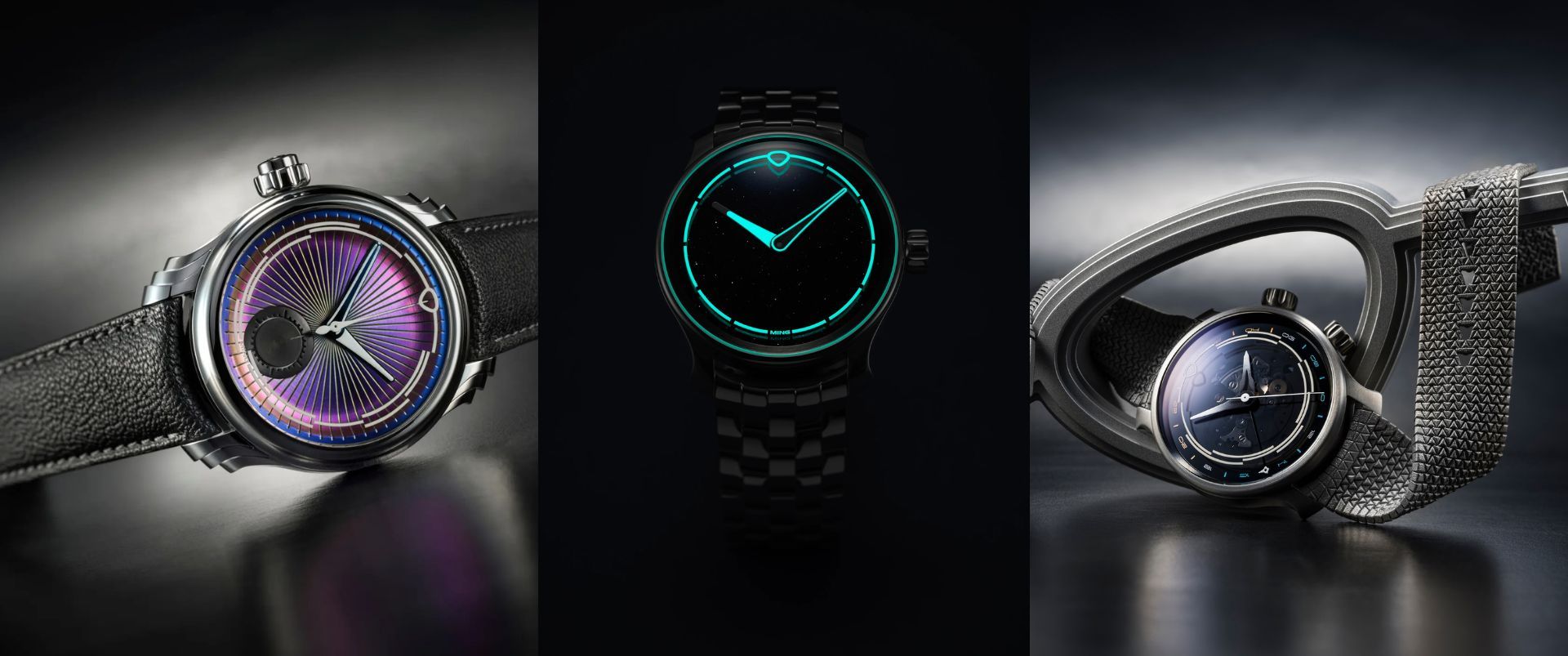Celebrating International Women’s Day With Leading Ladies From The Industry
Timepieces are ripe for inclusion in that string of boy-club cliches. Still, the watch industry and the hobby of collecting them are evolving. Although watches have traditionally been marketed toward men, women are increasingly powerful consumers, executives, and artists. “That’s normal, it’s a men’s watch.” How many times have you heard this statement?
For more than four centuries, tradition, expertise, advanced technology, and innovation have allowed the Swiss watch and clock industry to maintain its leadership in the world market. Despite or because of the crises it has endured, it has always managed to overcome the technological, structural, and economic challenges placed before it. Its exceptional dynamism and creativity have made it a state-of-the-art industry. In the 19th century, while men furrowed their brows at the idea of strapping a small clock to their wrists instead of keeping one in their pockets, trailblazing women were going full speed ahead into the future.
Gender-specific watches are becoming less common as the traditionally closed horological industry is opened up by social media. Women are driving market change and inspiring their female peers to participate more actively. Conversations have evolved from diamond-studded watches to rocking the 42mm timepiece on your wrist.
As we celebrate International Women’s Day, we caught up with several inspiring women from the watch industry to discuss their viewpoints on the changing trends, watches for slender wrists, and the unending debate on watches vs jewelry.
1.Archana Jain
A PR veteran of over a decade, she caught the entrepreneurial bug in the late '90s. During her tenure as CEO of PR Pundit, the company won India's first-ever Gold PR Lion at Cannes in 2007 for its work on the ITC Savlon campaign. Has the watch industry evolved? Sharing her views from a woman's perspective she said, “The current state of the watch world is best defined by the demand for a Rolex but its absence from the retail shelves. This is an indication of the boom being experienced by the watch industry. In this ecosystem, why would women be left behind? Watches have been an iconic status symbol for decades, but the popularity of luxury watches has grown considerably in the last 10 years. An overall increase in coverage via social media, enlarged retail footprint to exciting collaborations have grabbed attention and fuelled desire.”
With changing trends, watches have become a girl’s new best friend. Does that mean brands will cater to more slender wrists in 2023? Archana said, “Small watches are the new trend for sure, across men and women alike. To my mind, there is a growing tribe of women who are not necessarily seeking only styles designed for their gender. Someone like me is not impressed by the lazy “pink it and shrink it” method that many watch brands have traditionally followed for women’s wristwatches. We are eager to sport complications and vintage pieces too.”
Lastly, we asked her which watch she’d buy over a piece of jewelry. To which she said, “Not just one, but many from Chopard, to Rolex to a Patek! For some of us, watches and not necessarily diamonds make better best friends.”
2. Akriti Madan
Having grown up in a family of watch connoisseurs, joining the family business should have been an obvious choice for her. However, after completing her Master's in Finance from Cass Business School in London, she wanted to carve her way into the corporate world and joined the big 4. It takes a few errors to understand where your heart and roots truly belong.
She joined her family business 5 years back and is the head of Marketing & Communications, which means she is responsible for building knowledge about their watch brands in the country and familiarising their clients with what is available to them. She’s slowly foraying into Business Development and Expansion. Also, in the meantime, she has her page called The Watch Oracle, where she posts about any new watches she can get her hands on, it’s like an insider’s access to all the new launches in the world of horology. She never thought watches would become such an integral part of who she is and she couldn’t be more grateful for being bestowed with this legacy.
When we asked her about her views on the evolution of the industry from a woman’s perspective she said, “Today it’s all about women getting educated and juggling several roles. They know what it takes to demand a seat at the horological table. From the Bregeut Reine de Naples collection to the 41mm Hublot Watch, the growth has been tremendous. I prefer wearing bigger dials or my husband’s watches. Brands are catering to more gender-neutral watches as the market for women’s watches is huge.”
Continuing her thoughts on brands focusing on slender wrists in 2023, she said, “Today watches are replacing jewelry at weddings too. With women being huge spenders, brands need to cater to them with smaller dials. Fitting complications in a smaller dial is often complicated but brands are trying their best to cater to this. Women are leaning more towards tourbillon watches!”
Lastly, if she had to pick a timepiece over jewelry, she said a Patek Philippe Nautilus is on her wishlist. However, she would also opt for a Breguet or Chopard watch.
3. Neha Bajpai
A Hong-Kong based journalist, Neha S. Bajpai has been writing on luxury and lifestyle for over 15 years. She launched the Indian edition of WatchTime in 2012, where she worked as the founding editor and led the company’s foray into the digital space. She has also written stories on the evolution of watchmaking and the fascinating world of auctions for Revolution and A Collected Man. Currently working with Wristcheck as its Media Director, she shared her thoughts with us.
“I think the industry needs to make more timepieces that look and feel good on our wrists. The 'shrink and bling' approach is gradually giving way to more brands making watches with a 'genderless' approach in mind and that's good news. What's the need to label watches as "men's" and "women's" when there's a demand for all kinds of timepieces with diamonds or without and across sizes? I know a lot of men who prefer 34mm watches and an equal number of ladies who love timepieces that are 40mm plus. A lot of brands are already working on watches that offer variety and freshness in design and have been conceptualized with a broader audience in mind”, she said. Picking her preferred timepiece over a piece of jewelry, she opted for the MB&F LM Flyting T in rose gold.
4. Nikki Rajan
Director at Time Avenue, a leading luxury watch retailer in Mumbai, her years of being in touch with customers and surrounded by watches give her a different edge. Sharing her thoughts on how the industry has evolved she said, “Every woman I meet today, has a watch on. The industry as a whole has become welcoming; the watches and jewelry market has come together. With brands catering to slender wrists in focus, I’ve also seen women lean to bigger dial watches. From work to parties, it’s become an everyday accessory. I’d personally even choose a Breguet or an Audemars Piguet Royal Oak Offshore instead of a piece of jewelry.”
The history of women’s watches is a remarkable story of royalty, athleticism, art, and independence – one that sees the pendulum swing from fashionable excess to straightforward utilitarianism and settles at a perfectly balanced point in the middle. Despite this history, wristwatches were co-opted by men, pushing women’s wristwatches down the horological hierarchy. However, the times are changing. The past few years have seen a change in the way women’s watches are being viewed. With the rise of female watch enthusiasts and collector groups, along with the burgeoning of several social media handles that specifically focus on
women’s timepieces or rather, timepieces for women, watch brands are paying keener attention to female clients. One of the most notable changes has been the shift toward crafting genderless watches. For example, the Rado Diastar.
Several popular watch models are now being reduced in size to account for those with smaller wrists. There is more social acceptance around wearing smaller watches not only among women but men as well. On top of this, vintage watches have gained in popularity and with that, the benefits of a smaller watch are being felt by more consumers, and if we do see dress
watches making a comeback, these also tend to be on the smaller side. To conclude, I believe we are now at an inflection point. We have seen a sharp increase in demand for watches for a number of reasons, but given the economical turn and changes in fashion, there will be a shift in what we see on our wrists in the coming years.
And on that note, Happy International Women’s Day! Here’s to more women disrupting the industry and making their mark at the horological table.
No articles found

